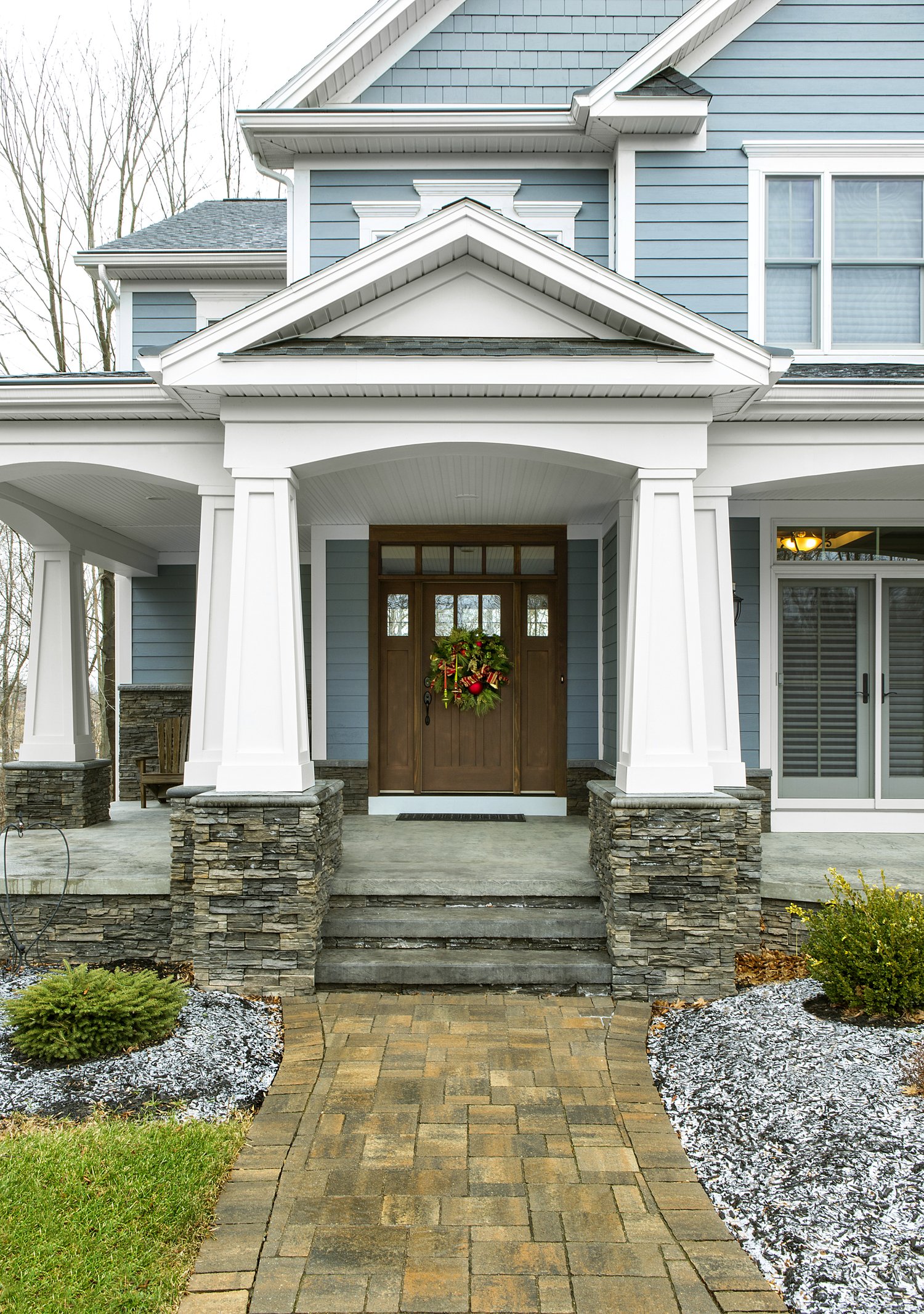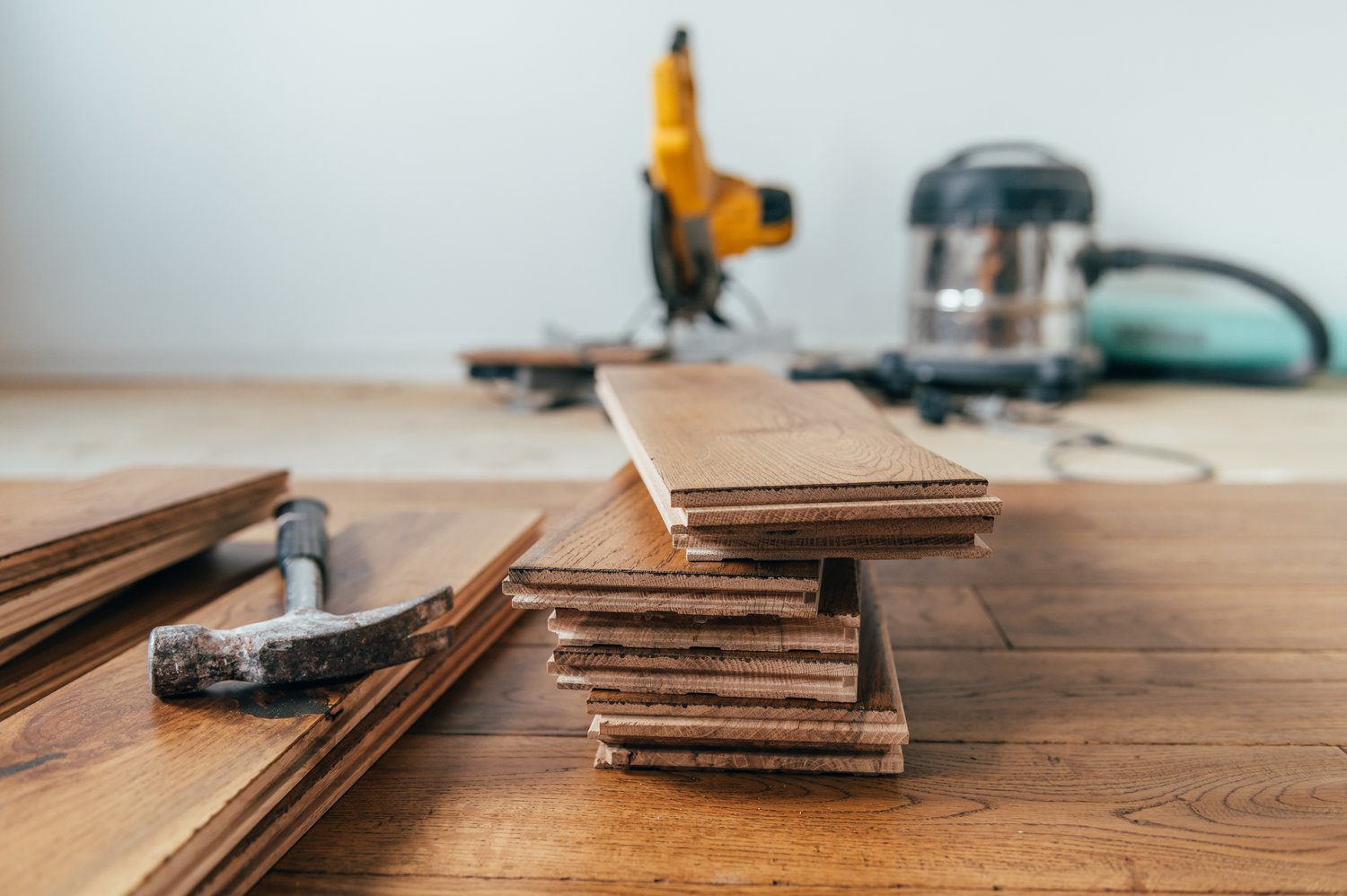Your front door serves as both the gateway to your home and a crucial component of your property’s security and energy efficiency. When selecting the best material for entry door installation or replacement, homeowners typically choose between three primary options: steel, fiberglass, and wood. Each material offers distinct advantages in terms of security, durability, maintenance requirements, insulation properties, and aesthetic appeal. Understanding these differences can help you make an informed decision that balances functionality, appearance, and budget considerations for your home’s primary entrance.
The Case for Steel Entry Doors
Steel doors have earned their reputation as one of the most secure front door options available to homeowners. These doors typically feature a steel skin over a solid core, creating a formidable barrier that resists forced entry attempts. For those prioritizing home security, steel represents an excellent choice that provides peace of mind.
Beyond security benefits, steel entry doors offer impressive durability at a relatively affordable price point. They resist warping, cracking, and swelling that can plague other materials when exposed to harsh weather conditions. This resilience makes steel doors particularly well-suited for homes in regions with extreme temperature fluctuations or severe weather events.
However, steel isn’t without drawbacks. While manufacturers have improved their aesthetic offerings, steel doors generally provide fewer design options than wood alternatives. They can also be susceptible to dents and scratches, which may be difficult to repair. Additionally, in coastal areas, steel doors may require special coatings to prevent rust and corrosion from salt exposure.
Fiberglass: The Low Maintenance Alternative
For homeowners seeking low maintenance exterior door options, fiberglass has emerged as a leading choice. Fiberglass entry doors resist the elements exceptionally well, maintaining their appearance with minimal upkeep requirements. They don’t rot, warp, or corrode, making them ideal for humid climates or locations with frequent precipitation.
One of the most compelling aspects of fiberglass in any front door material comparison is its versatility. Modern manufacturing techniques allow fiberglass to convincingly mimic the appearance of wood, complete with realistic grain patterns and staining options. This provides the warm aesthetic of wood without its maintenance demands. Many fiberglass doors also feature substantial insulation, contributing to improved energy efficiency.
Durability represents another significant advantage of fiberglass doors. They resist impact better than wood and don’t dent like steel, though they can crack under extreme force. For most residential applications, fiberglass offers an excellent balance of performance characteristics. The initial investment may be higher than steel, but the long-term value often justifies the premium for many homeowners looking for the best material for entry door replacement.
Traditional Wood Entry Doors
Wood entry doors have adorned homes for centuries, and their enduring popularity stems from their unmatched natural beauty and warmth. A well-crafted wood door makes a statement, enhancing curb appeal with rich grain patterns and the potential for intricate detailing that other materials struggle to replicate.
The versatility of wood as a design element cannot be overstated. Wood doors can be customized with various panel configurations, glass inserts, and decorative elements. They accept stains and paints beautifully, allowing homeowners to achieve precisely the look they desire. For historic homes or properties with traditional architecture, wood doors offer period-appropriate authenticity that alternative materials cannot match.
However, this classic beauty comes with maintenance responsibilities. Wood doors require regular attention to maintain their appearance and structural integrity. Depending on exposure, they may need refinishing every few years to prevent issues like warping, rotting, or swelling. In terms of a steel vs fiberglass vs wood door comparison, wood typically demands the most ongoing care.
Making Your Final Decision
When weighing your options for a new front door, consider your specific priorities. If maximum security and value are paramount, steel offers robust protection at an accessible price point. For those seeking the best combination of low maintenance requirements and design flexibility, fiberglass presents an attractive middle ground. Homeowners prioritizing classic aesthetics and willing to invest in regular maintenance may find wood doors worth the additional care they require.
Climate considerations should also influence your choice. Humid regions may challenge wood doors, while extreme temperature fluctuations could cause issues with certain steel door installations. For personalized advice based on your local conditions, consulting with professionals can provide valuable insights. AskHomey can connect you with local door installation experts who understand regional factors that might impact your door’s performance.
The investment in a quality front door pays dividends in both home security and curb appeal. While each material has distinct advantages, the ideal choice ultimately depends on your specific needs, budget constraints, and willingness to perform maintenance. By understanding the characteristics of each option, you can select an entry door that welcomes guests while protecting your home for years to come.
For more tips and to connect with reliable home service professionals, follow AskHomey on Facebook and Instagram.



